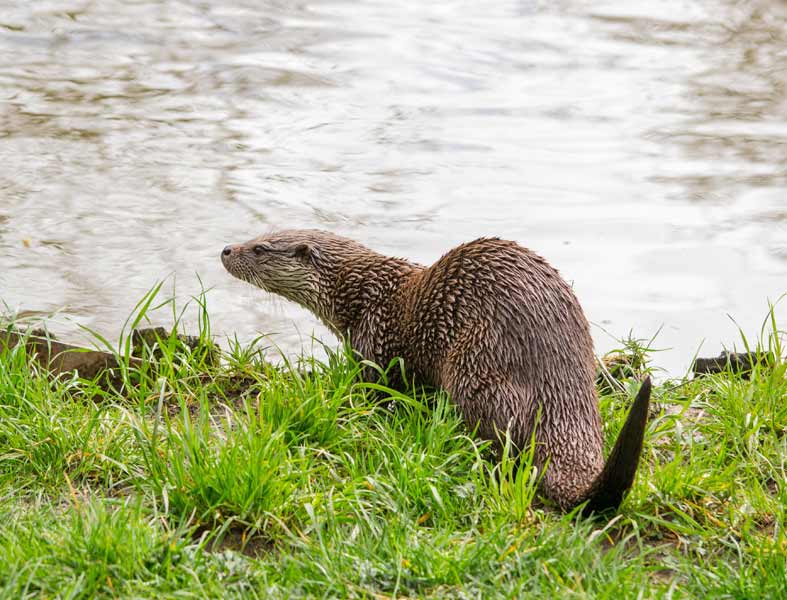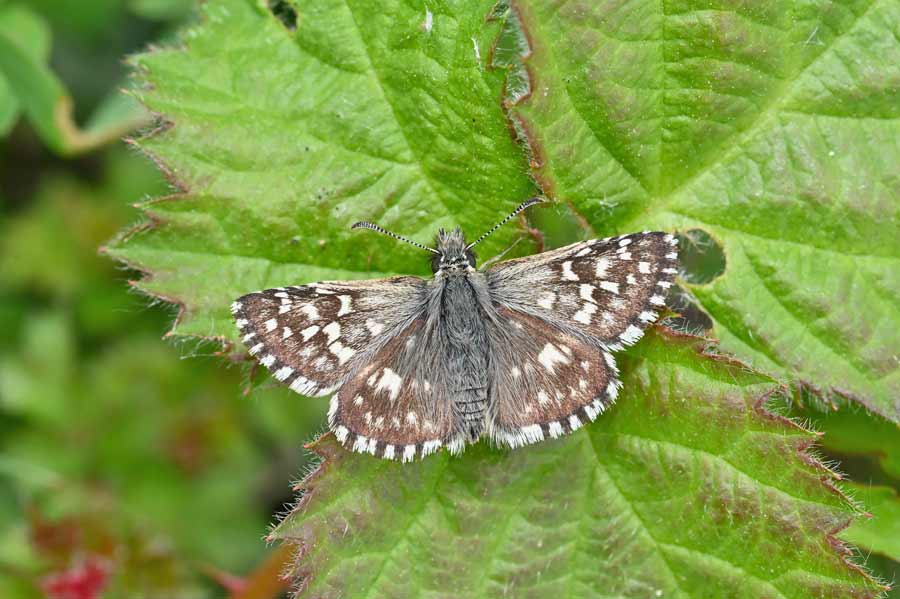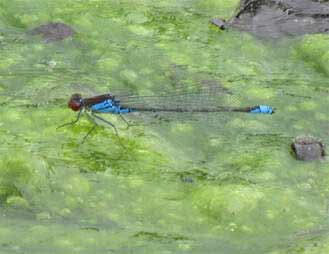Changing Wildlife in Worcestershire
Changing Wildlife in Worcestershire Gary Farmer
We are living in a remarkable time of change, and our wildlife is reflecting that. Many species are expanding their range while others are declining. The picture is the same across the country but some notable species are shown below.
Otters Lutra lutra were virtually absent from the county until quite recently, but they are now reported from rivers and lakes (even garden ponds!) all over the county. Harvest Mice Micromys minutus seem to be making a bit of a come back, but this could be more the case of increased surveying for nests. Rabbits Oryctolagus cuniculus appear to be declining as viral haemorrhagic disease takes hold.
Buzzard Buteo buteo and Raven Corvus corax are far more common than they were. Buzzards are now a familiar sight on lamp-posts at the side of dual-carriageways. Ravens have taken advantage of the many redwood trees now maturing and offering nesting sites. Red Kites Milvus milvus too, are becoming more regular in our skies, moving out of their original release areas.
Our wetlands are also seeing changes. Little Egrets Egretta garzetta and Spoonbills Platalea leucorodia are being seen more often, and Avocets Recurvirostra avosetta now breed in the county.
Many of our birds are in decline. Curlew Numenius arquata and Turtle Dove Streptopelia turtur are both disappearing from the county, while Swifts Apus apus are returning in fewer numbers each year.
Invertebrates respond to change quite rapidly, and many species are moving north into our county.
Essex Skipper Thymelicus lineola was confirmed in Worcestershire in the late 1990s and is now very widespread. Meanwhile Grizzled Skipper Pyrus malvae is only just hanging on in the county. Wood White Leptidea sinapis was lost from its traditional woodland sites but has been successfully re-introduced.
Dragonflies and Damselflies are going through changes in Worcestershire. Small Red-eyed Damselfly Erythromma viridulum is a newcomer and as recently as 2021 Scarce Blue-tailed Damselfly Ischnura pumilio was discovered in the county for the first time. Scarce Chaser Libellula fulva suddenly appeared in the county and is expanding its range, but it’s not all positive news as Club-tailed Dragonfly Gomphus vulgatissimus seems to be losing ground.
The increase in range of certain Orthopterans has been quite well studied. Roesel’s Bush-cricket Metrioptera roeselii (Roeseliana roeselii) and Long-winged Conehead Conocephalus discolor (C. fuscus) have both become established in recent years and are already very common. Southern Oak Bush-cricket Meconema meridionale reached Worcestershire in 2019, and has been found in Worcester and Bewdley so far.
Some of the lesser studied invertebrates such as woodlice are also showing changes in distribution. Southern Pill Woodlouse Armadillidium depressum is well established in the south of the county, Trachelipus rathkii is spreading rapidly along the Avon floodplain, and in 2022 the small purple Hyloniscus riparius was discovered near Wick; a first record for the UK!

Otter ©Gary Farmer

Grizzled Skipper ©Gary Farmer

Small Red-eyed Damselfly ©Gary Farmer

Roesel's Bush-cricket ©Gary Farmer

Spoonbill ©Gary Farmer

Southern Pill Woodlouse ©Gary Farmer
